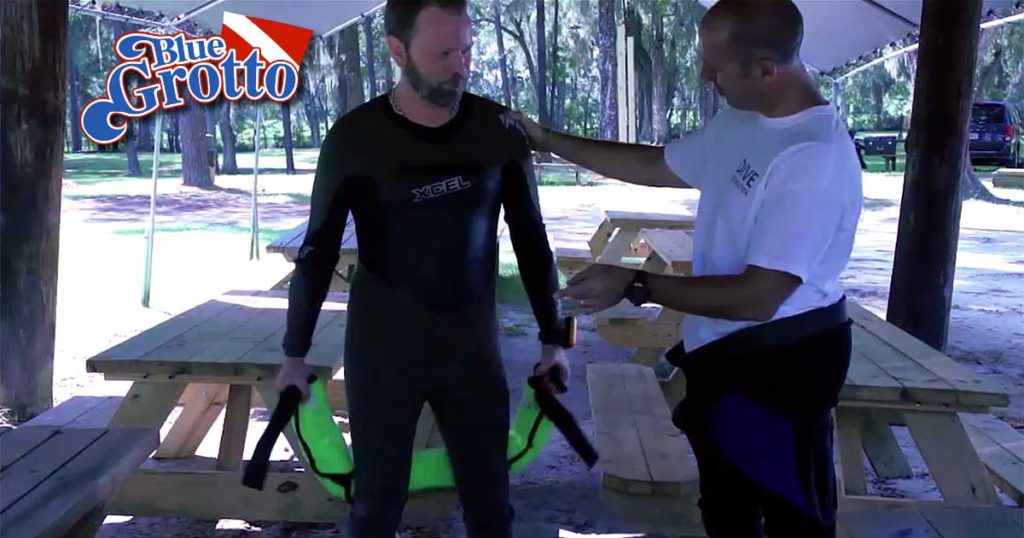In our previous article on the Buoyancy Control Pyramid, we explain why proper weighting is the foundation of good buoyancy control. And what constitutes proper weighting? It’s wearing only the weight you need. Why is this important?
It makes buoyancy control easier
The thicker the wetsuit, the more often you need to make buoyancy adjustments underwater. Thicker suits compress more at depth and expand more on ascent. As a result, you will add more air to your BC as you descend and release more air as you ascend.
Diving overweighted is like wearing an unusually thick wetsuit. Only, instead of compensating for suit compression, you will be compensating for the compression of additional air in your BC that is there solely to offset the unnecessary weight. This means you will need to make more frequent buoyancy adjustments.
Properly weighted divers need only compensate for wetsuit compression. As a result, they make only minor BC adjustments throughout the dive.
It helps you maintain better trim
Divers who wear unnecessary weight tend to swim in a head-up/feet-down position. They often kick fragile corals or stir up sand or sediment, thus affecting visibility for everyone.
It makes you safer
Diving accident victims are usually grossly overweighted. When they get in trouble, most actually make it to the surface. Unfortunately, overweighted, panicky divers often lack the presence of mind to inflate their BCs or drop weights. These divers struggle until exhausted and eventually sink, never to surface again.
On the other hand, properly weighted divers don’t have to struggle to stay at the surface. This can give them time to inflate their BCs or do whatever they must to establish positive buoyancy. Simply put, properly weighted divers stand a much better chance of survival.
Make it a habit
You’ve probably heard that a properly weighted diver “will always float at eye level.” This is simply not true. Where a properly weighted diver will float at the beginning of a dive depends on factors such as suit thickness and the volume of gas they will consume during the dive.
This is not to say pre-dive weight checks aren’t important. They can help you establish that:
- You are wearing just enough weight to be able to get underwater.
- You are not wearing so much weight that you will sink like a rock. That would be dangerous.
The more accurate place to conduct a precise weight check is at that point in the dive where you would need the most weight. And where is this?
- It would be at the end of the dive when you have just 500 to 1,000 psi left in your tank.
- It would also be at the point in the dive where you will spend an extended period of time in shallow water. In other words, safety stop depth.
Make it a habit of ending every dive with a buoyancy check. If properly weighted, you should be able to hover at safety stop depth, with 500 to 1,000 psi in your tank and no air in your BC. If you can’t do this, you need to add or remove weight before your next dive.
Do this, and you’ll discover that diving can be easier, safer and a whole lot more fun.


